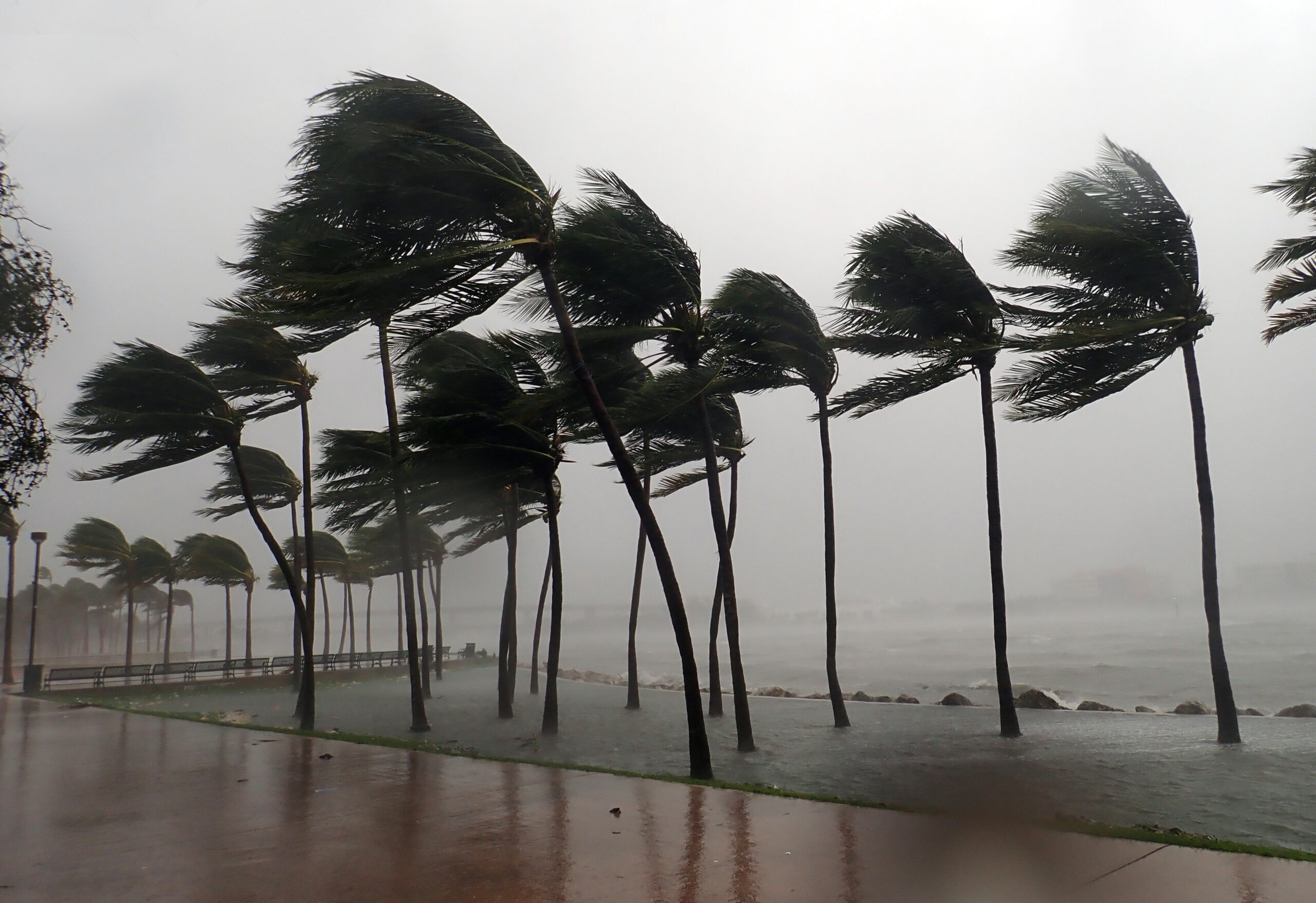The National Hurricane Center isn’t expecting any tropical development over the next week, but don’t let your guard down just yet, reports Fox Weather. As we approach the final month of the 2024 Atlantic hurricane season, signs are emerging that the current break in activity could be brief.
With Hurricane Oscar officially dissipating on Tuesday, the Atlantic basin is temporarily free of tropical development. However, according to the National Hurricane Center, this pause in activity may not last long.
Quiet Conditions for Now, But Change Is Coming
Currently, the Caribbean and Gulf of Mexico are experiencing a lot of sinking air, which suppresses tropical formation. However, long-range forecasts suggest that the Madden-Julian Oscillation (MJO), a global weather pattern that cycles rising and sinking air every 30-90 days, may soon bring rising air back to the Caribbean by late October or early November.
This shift in atmospheric conditions could coincide with the return of the Central American Gyre, a large low-pressure system that has previously contributed to the development of storms like Hurricanes Helene and Milton, as well as Tropical Storm Nadine.
What Is the Central American Gyre?
FOX Weather Meteorologist Steve Bender explains, “At the very end of the month, we get this low pressure that starts to form eerily similar to the Central American Gyre, but this one is right over the heart of the Caribbean.” This could create an environment ripe for tropical development, tapping into the abundant tropical moisture in the region.
Potential Tropical Development Scenarios
If a tropical system were to form, its path would largely depend on atmospheric steering patterns. Here are three possible scenarios:
Scenario 1: High Pressure Blocks the U.S.
In this scenario, a strong high-pressure system remains over the southeastern U.S., acting as a barrier to protect the coast. Similar to what happened with Tropical Storm Nadine, any storm could be steered westward into Central America or even pushed into the Eastern Pacific.
Scenario 2: Oscar’s Path Repeated
If the high-pressure system shifts westward, over the Deep South or Texas, it could still protect the U.S. but allow tropical systems to track east across Cuba and the Greater Antilles. In this case, a storm might interact with the jet stream and transition into a post-tropical system, much like Hurricane Oscar did.
Scenario 3: Increased Vulnerability for the U.S. East Coast
This would be the most concerning scenario for the U.S. In this case, a ridge of high pressure in the central Atlantic could funnel a tropical storm along the East Coast, potentially impacting areas already hit hard by previous storms like Hurricane Helene.
Long-Range Forecast Shows Potential Activity
Long-range models are starting to pick up signals for possible tropical development in the southern Caribbean around October 29, with stronger signals emerging in early November. Meteorologist Steve Bender notes that while the forecasts are still speculative, “Climatologically speaking, that is the spot where we typically anticipate tropical formations.”
Gulf of Mexico Waters Cool, But Caribbean Stays Warm
In some positive news, the average water temperature in the Gulf of Mexico has finally dipped below average for the first time in over a year, thanks to a combination of cold fronts and the effects of recent hurricanes. However, Gulf waters still average around 81 degrees Fahrenheit, which is warm enough for tropical development.
Meanwhile, the Caribbean Sea remains near record temperatures, with surface waters in the mid-80s—conditions that could fuel future storms.
The Final Stretch of Hurricane Season
The Atlantic hurricane season officially runs through November 30. Historically, an average season produces two additional named storms during the last weeks of October and November, with one potentially becoming a major hurricane. While the tropics may be quiet now, the coming weeks could see a resurgence in activity.
